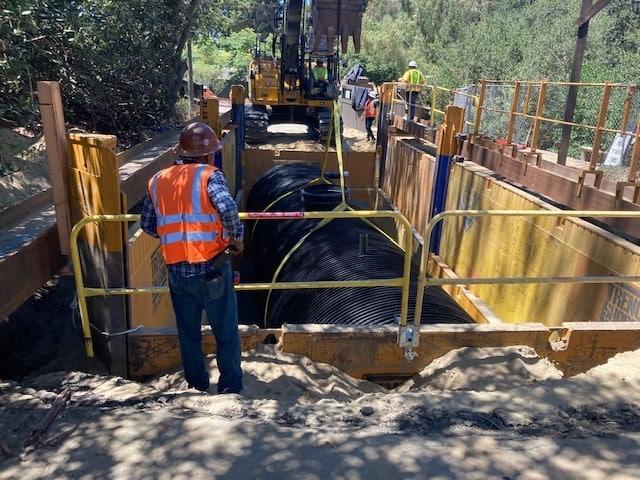 One of the members of the historic house list serv posted the following question recently. She wrote “I work at an historic home from the 1920s. The house is owned by the city and many of our repairs must go through city maintenance. We recently took a tour with the heads of maintenance to discuss some issues we have with the structure of the home, mainly the many gaps under doors and windows that let in water, dirt, and pests. While trying to discuss how the gaps could be filled we were asked if we could just seal them up using paint (exterior house paint which is used on the trim of the house) or caulk.”
One of the members of the historic house list serv posted the following question recently. She wrote “I work at an historic home from the 1920s. The house is owned by the city and many of our repairs must go through city maintenance. We recently took a tour with the heads of maintenance to discuss some issues we have with the structure of the home, mainly the many gaps under doors and windows that let in water, dirt, and pests. While trying to discuss how the gaps could be filled we were asked if we could just seal them up using paint (exterior house paint which is used on the trim of the house) or caulk.”
“The doors and windows are never opened, so it would not effect how we use them,” she continued. “Also, the house is climate controlled, so I do not think we would be risking the “breathability” of the home. I would like to get some feedback so I can provide maintenance with specific reasons why this method would not be good (or perhaps why it would be…)”
John Adamik, Education and Planning Coordinator, WV State Historic Preservation Office, responded to the question, “Do not caulk the windows shut. That may be a short term solution, but will ultimately destroy the windows. What I would recommend doing first is to have a professional window restorer look at the windows. Many times the entire window doesn’t need restored/replaced and they can give you some options. Next, the storms (either interior or exterior) would probably be your best bet. Historic windows, even probably when they were new, have a certain amount of ‘breathability’ in them (i.e. draft). Adding storms, especially exterior, will help to protect the windows and may be able to help mitigate some of the UV damage the interior of the house receives. I would say, before doing anything permanent to the windows, make sure to get some expert opinions first. That way, even if you decide to go another way, you will do so with your eyes wide open.”
For more information on historic windows, check out NPS Technical Brief 9, “The Repair of Historic Wooden Windows.”
AASLH Historic House Affinity Group Committee



